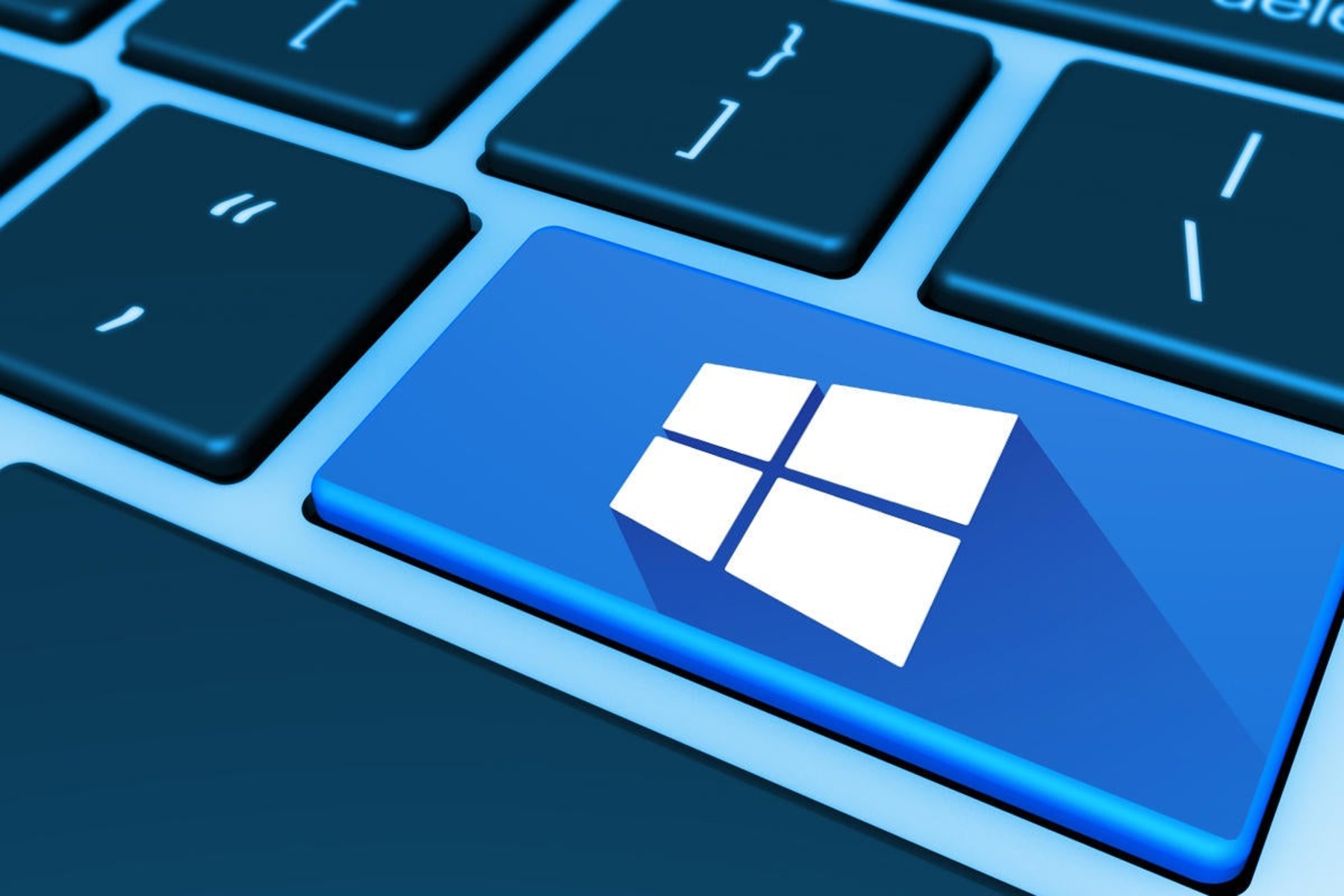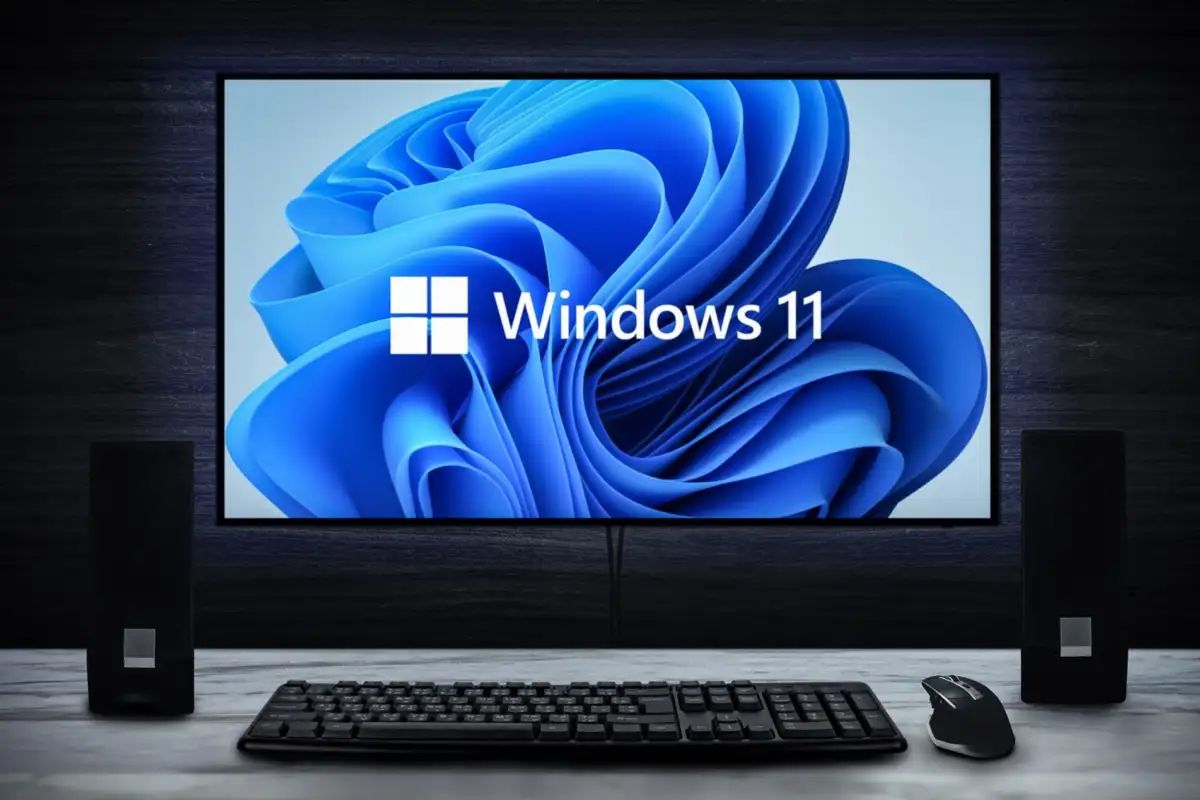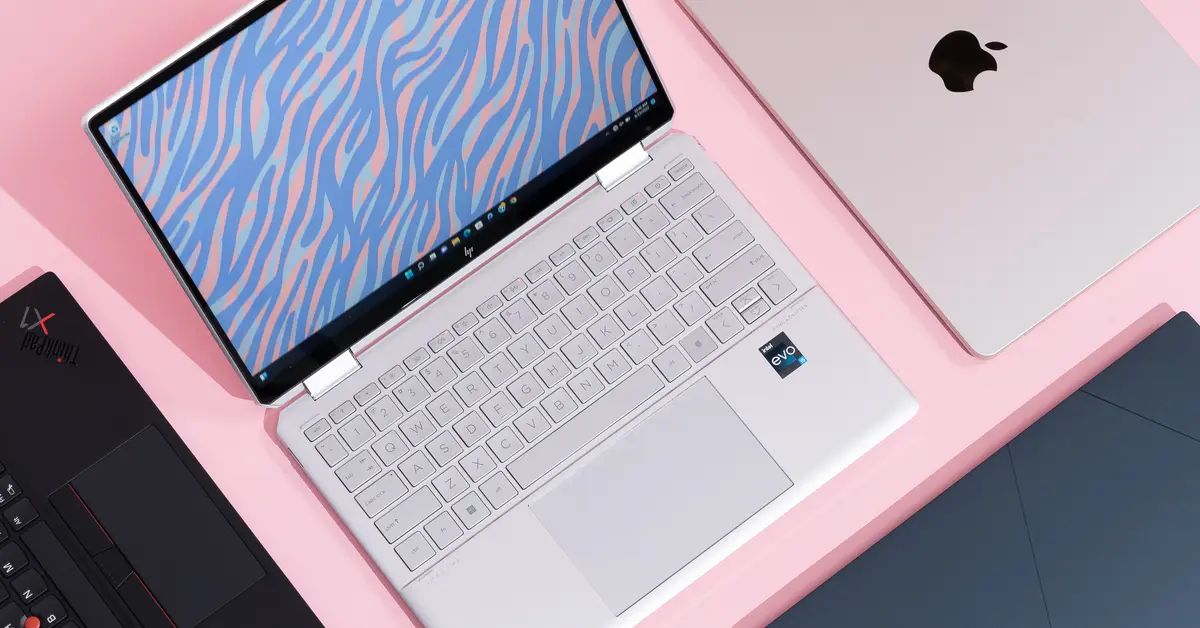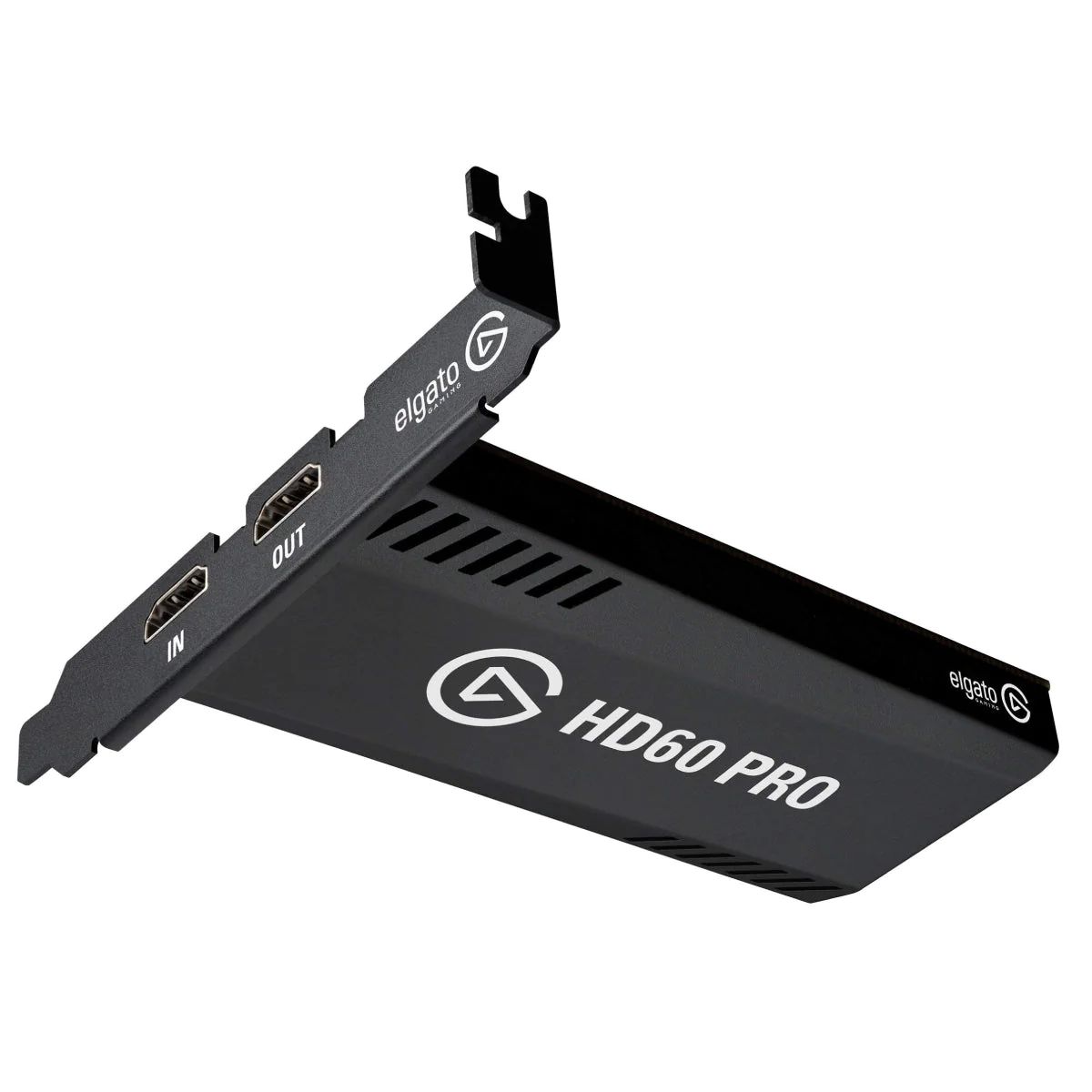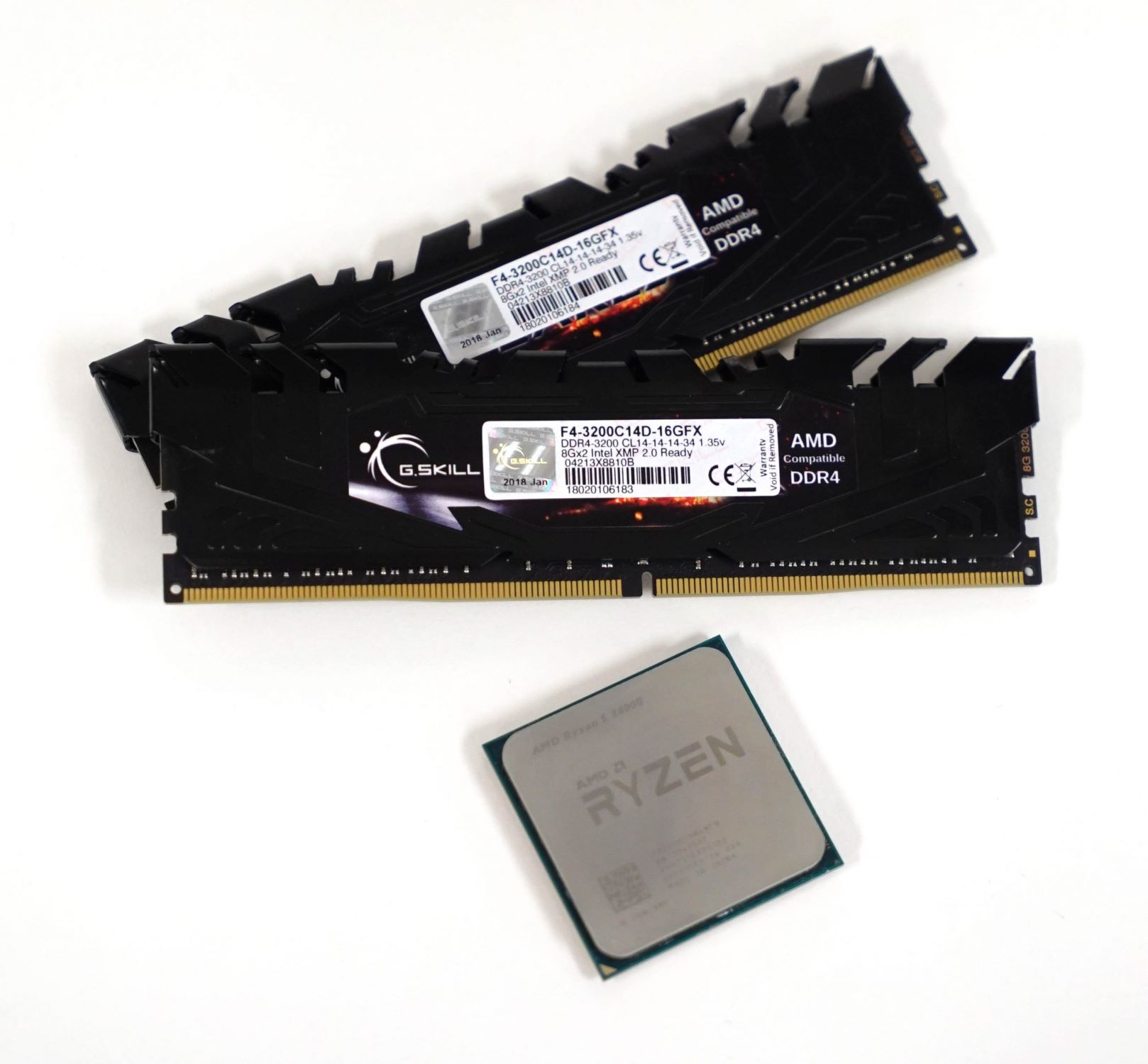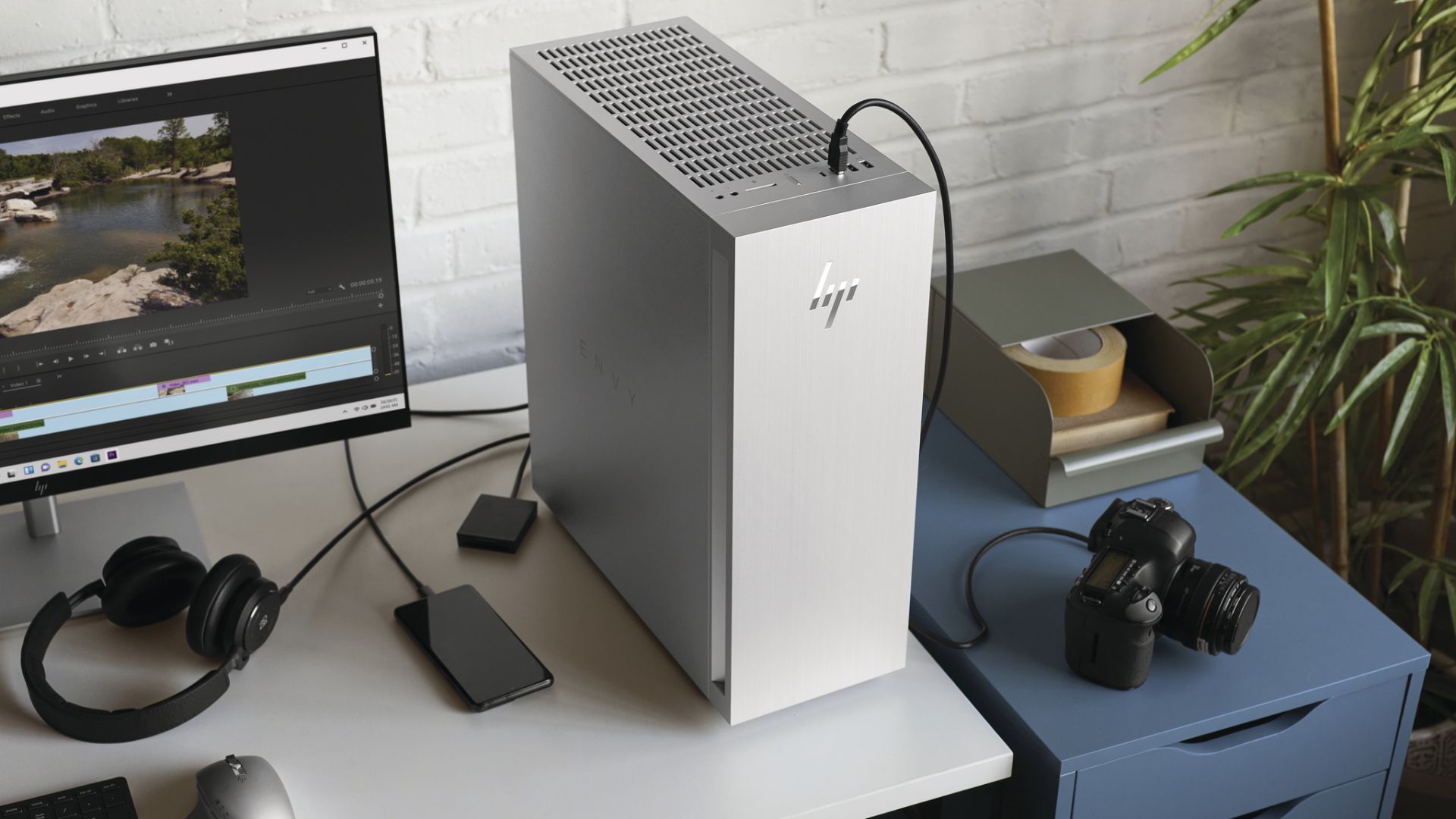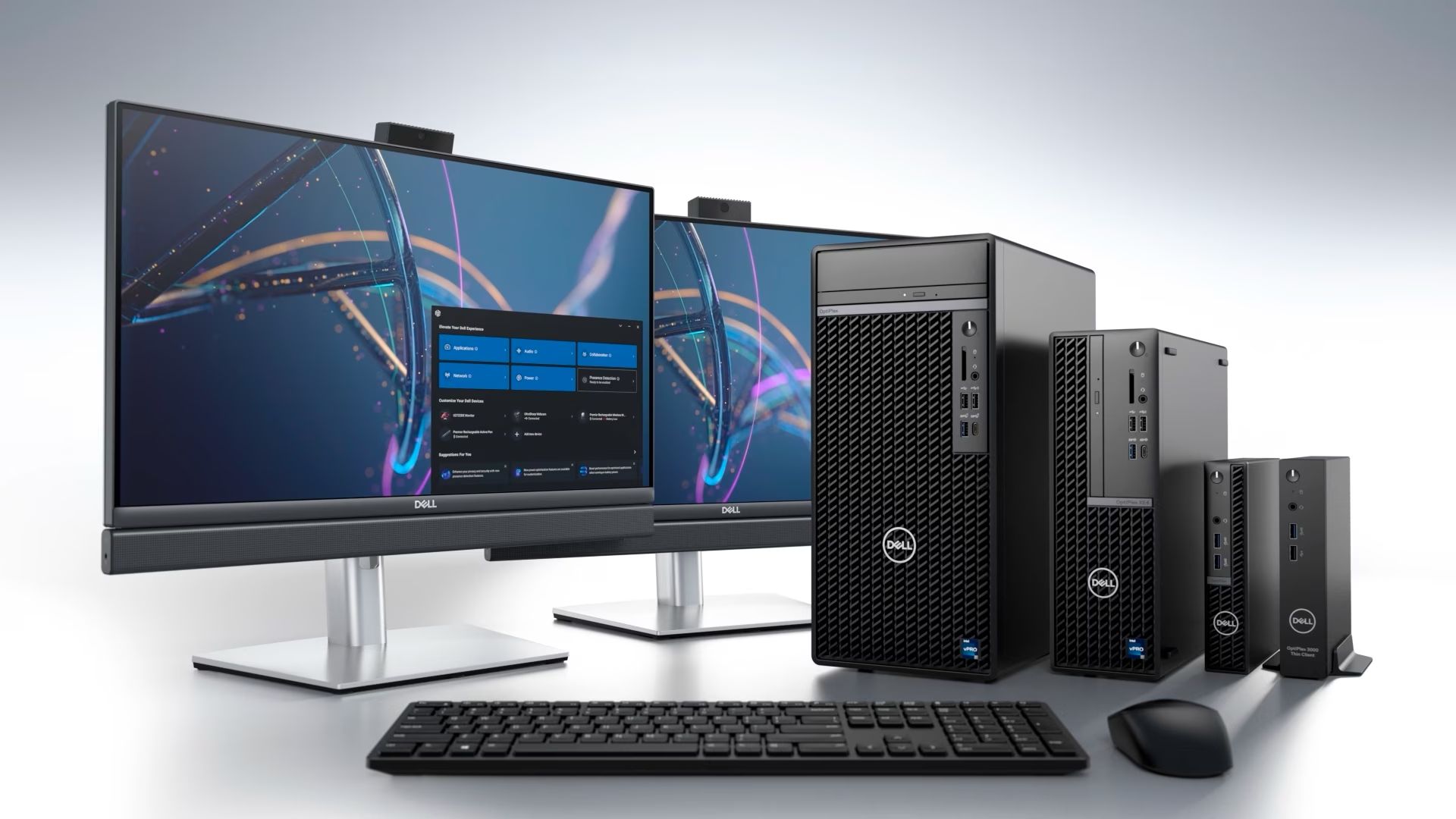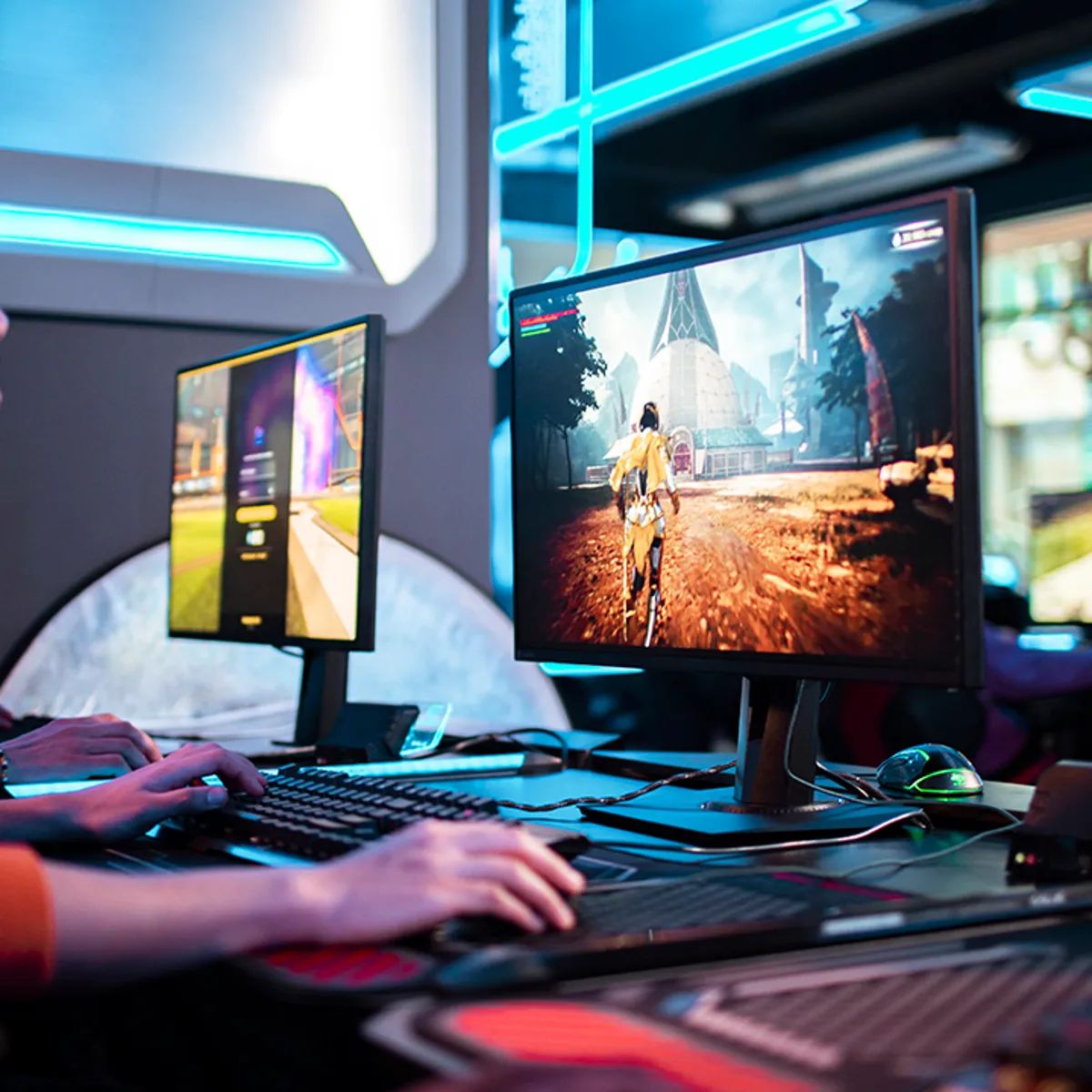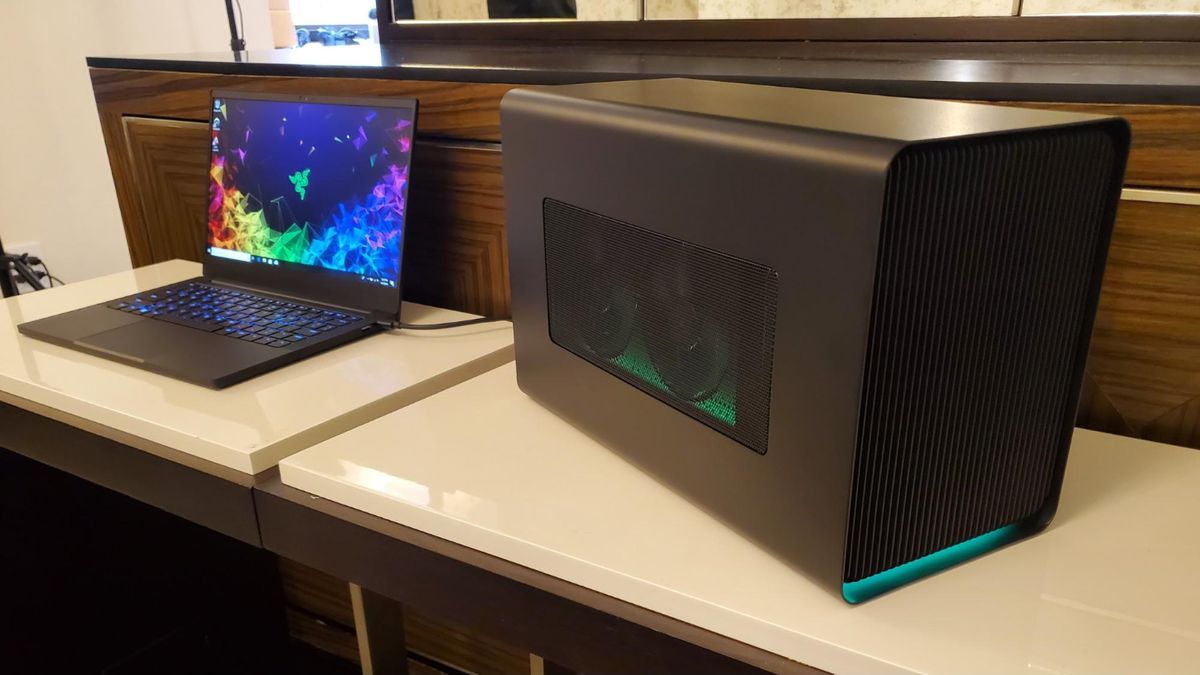Introduction
Welcome to the world of high-definition multimedia! HDMI (High-Definition Multimedia Interface) is a popular and versatile connection option that allows you to transmit audio and video signals from your PC to an external display device with ease. Whether you want to enjoy movies, play games, or give presentations on a larger screen, switching to HDMI on your PC can provide a seamless and immersive experience.
In this article, we will guide you through the process of switching to HDMI on a PC running Windows 11. We’ll cover everything from checking the hardware requirements to configuring display settings and troubleshooting common issues that may arise during the process.
Before we dive into the steps, it’s important to note that not all PCs support HDMI output. To ensure a smooth transition, make sure your PC has an HDMI port and that your external display device also supports HDMI input. Additionally, it’s a good idea to have an HDMI cable at hand, as this will be the main connection between your PC and the display device.
Once you have confirmed the compatibility and gathered the necessary equipment, you’re ready to begin the process of switching to HDMI on your PC. Follow the steps outlined in the subsequent sections to easily configure your display settings and make HDMI your primary display option. In no time, you’ll be enjoying your favorite movies, games, and more in stunning high definition.
Checking the Hardware Requirements
Before you can switch to HDMI on your PC, it’s essential to ensure that your hardware meets the necessary requirements. Here are the key factors to consider:
- HDMI Port: Check if your PC has an HDMI port. It’s usually located on the back or side of the computer. The HDMI port resembles a small trapezoid-shaped connector with numerous pinholes.
- External Display Device: Ensure that the display device you plan to connect your PC to has an HDMI input port. Most modern TVs, monitors, and projectors come equipped with HDMI ports.
- HDMI Cable: Acquire an HDMI cable of the appropriate length to connect your PC to the display device. The cable should have HDMI connectors on both ends.
Once you have confirmed the presence of an HDMI port on your PC and an HDMI input on the display device, as well as obtained an HDMI cable, you are ready to proceed with the connection process.
It’s worth noting that some older PCs or laptops might not feature an HDMI port. In such cases, you may need to use an HDMI converter or adapter to connect to a different port, such as VGA or DVI, on your PC. However, keep in mind that these alternative connections may result in a loss of audio or video quality.
Furthermore, if you have multiple display ports on your PC, such as HDMI and DisplayPort, you will need to prioritize HDMI as the primary display option in the system settings. This will ensure that the HDMI-connected display device functions as the main screen.
Checking the hardware requirements is the first step towards switching to HDMI on your PC. Once you have verified that your PC and display device are compatible and have the necessary ports and cables, you can continue to the next steps of the process.
Connecting the HDMI Cable
Now that you have confirmed the hardware requirements, it’s time to connect the HDMI cable between your PC and the external display device. Follow these steps:
- Turn off both your PC and the display device to prevent any potential damage during the connection process.
- Locate the HDMI port on your PC and the corresponding HDMI input port on the display device.
- Take one end of the HDMI cable and insert it into the HDMI output port on your PC, ensuring a secure connection.
- Connect the other end of the HDMI cable into the HDMI input port on the display device.
- Once the cable is firmly connected, power on your PC and the display device.
- Depending on your display device, you may need to select the HDMI input source. Use the remote control or the buttons on the display device to navigate through the settings and choose the appropriate HDMI input.
After completing these steps, your PC should be successfully connected to the display device via HDMI. The display device will now act as an external monitor for your PC, allowing you to view your computer’s screen on a larger display.
It’s important to confirm that the HDMI connection is properly established by checking both the PC and the display device. On your PC, you can navigate to the display settings to ensure that the external display is detected and recognized. Similarly, on the display device, you should see the PC’s screen displayed when the HDMI input is selected.
If the connection is not functioning correctly, double-check the HDMI cable and ports to ensure they are firmly connected. You may also need to consult your PC and display device’s user manuals for specific troubleshooting steps.
With the HDMI cable successfully connected and the PC and display device powered on, you are ready to move on to configuring the display settings in Windows 11.
Configuring Display Settings in Windows 11
After connecting the HDMI cable, you need to configure the display settings in Windows 11 to ensure that the external display is recognized and functioning properly. Follow these steps to configure the display settings:
- Right-click on the desktop and select “Display settings” from the context menu.
- In the Display settings window, you’ll see the “Display” tab, which shows the connected displays. Make sure that the external display is detected and listed.
- If the external display is not listed or not functioning correctly, click on the “Detect” button to allow Windows 11 to search for connected displays again.
- Once the external display is detected and listed, you can adjust various display settings, such as resolution, orientation, and scaling. Click on the external display to select it and make changes accordingly.
- To set the external display as the primary monitor, scroll down to the “Multiple displays” section and choose “Make this my main display.”
- Click on the “Apply” button to save the changes.
Windows 11 will then apply the new display settings, and the external display will become the main screen for your PC. You can now enjoy your content on a larger and high-resolution display.
If you have multiple displays connected, you can also arrange them in the desired order by dragging and dropping the display icons in the Display settings window. This allows you to customize the display setup according to your preference and workflow.
It’s worth mentioning that Windows 11 provides additional customization options, such as choosing the display refresh rate and enabling or disabling features like HDR (High Dynamic Range) or Night light mode. Explore the various options in the Display settings to personalize your viewing experience further.
With the display settings configured, you’re now ready to make the HDMI-connected external display the primary screen on your PC. And if needed, you can continue to adjust the resolution and other display settings to optimize your viewing experience.
Switching to HDMI as the Primary Display
Now that you have connected the HDMI cable and configured the display settings in Windows 11, it’s time to switch to HDMI as your primary display. This will ensure that your PC uses the HDMI-connected external display as the main screen. Follow these steps to make the switch:
- Open the Display settings by right-clicking on the desktop and selecting “Display settings” from the context menu.
- In the Display settings window, scroll down to the “Multiple displays” section.
- Under the “Multiple displays” section, select the external display that is connected via HDMI.
- Check the box that says “Make this my main display.”
- Click on the “Apply” button to save the changes.
By setting the HDMI-connected external display as the main display, Windows 11 will switch the primary screen to the HDMI display. Any content, applications, or windows will now appear on the HDMI display by default.
If you have multiple displays connected, you can rearrange their positioning by dragging and dropping the display icons in the Display settings window. This allows you to customize the arrangement to suit your requirements and workflow.
It’s important to note that when you switch to HDMI as the primary display, the previous primary display will become the secondary display. You can still use it to extend your desktop or display specific applications, providing a dual-monitor setup.
Additionally, whenever you disconnect the HDMI cable or turn off the external display, Windows 11 will automatically switch back to the primary display previously configured. This ensures that you can seamlessly transition from using the HDMI display to your PC’s built-in display without any inconvenience.
Once you have successfully switched to HDMI as the primary display, you can now enjoy all your multimedia content, games, and more on the larger and high-resolution HDMI-connected external display.
Adjusting Resolution and Display Settings
After switching to HDMI as your primary display, it’s important to ensure that the resolution and other display settings are properly adjusted to optimize your viewing experience. Here’s how you can make the necessary adjustments in Windows 11:
- Open the Display settings by right-clicking on the desktop and selecting “Display settings” from the context menu.
- In the Display settings window, select the external display connected via HDMI.
- Scroll down and click on the “Advanced display settings” link.
- Here, you can adjust the resolution of the external display by selecting the desired resolution from the available options. Higher resolutions generally offer crisper and more detailed visuals, while lower resolutions may be suitable if you prefer larger text and icons.
- Furthermore, you can also adjust other display settings, such as the screen orientation (landscape or portrait mode), display scaling (to make text and icons larger or smaller), and color calibration (if necessary).
- Experiment with different settings to find the combination that suits your preference and provides the best visual experience.
- Click on the “Apply” button to save the changes.
Once you have adjusted the resolution and other display settings, Windows 11 will apply the changes, and the external display will reflect the new settings. Take some time to review the display and ensure that the visuals are crisp, clear, and accurately displayed.
It’s worth mentioning that not all displays support all resolutions. If the desired resolution is not available in the list, it may indicate that the external display does not support that specific resolution. In such cases, choose the closest available resolution to maintain optimal visual quality.
Additionally, if you have multiple displays connected, you can adjust the resolution and other settings for each display individually. This gives you the flexibility to customize the viewing experience on each monitor according to your preferences.
By adjusting the resolution and other display settings, you can enhance the clarity, sharpness, and overall visual quality of the content displayed on the HDMI-connected external display.
Troubleshooting Common Issues
While switching to HDMI on your PC is generally straightforward, you may encounter some common issues along the way. Here are a few troubleshooting tips to help you overcome any potential problems:
- No Signal: If your external display shows a “No Signal” message or remains blank, ensure that the HDMI cable is properly connected at both ends and the display device is set to the correct HDMI input source. You can also try disconnecting and reconnecting the cable to establish a secure connection.
- Display not detected: If the connected display is not detected in the Windows display settings, click on the “Detect” button to initiate a new search for connected displays. Ensure that the display device is powered on and connected correctly.
- Incorrect resolution: If the resolution on the external display appears distorted or not as expected, adjust the resolution settings in the Windows display settings. Choose a suitable resolution that matches the display’s capabilities for optimal visuals.
- No audio: If you’re not getting audio output on the HDMI-connected display, make sure that the display device’s volume is not muted and is set to the correct audio source (HDMI). You can also check the PC’s sound settings and ensure that the HDMI device is selected as the default audio output.
- Flickering or blurry display: If the display appears flickering or blurry, try adjusting the refresh rate in the Windows display settings. Choose a suitable refresh rate that is supported by both your PC and the display device.
- Outdated drivers: Ensure that your PC’s graphics drivers are up to date. Outdated drivers can sometimes cause compatibility issues with HDMI output. Visit the manufacturer’s website to download and install the latest drivers for your graphics card.
- Compatibility issues: In some cases, there may be compatibility issues between certain PC models and display devices. If you’ve tried all troubleshooting steps and are still facing problems, consider checking for any firmware or driver updates for both your PC and the display device, or consult the manufacturer’s support resources.
If you continue to experience difficulties or encounter other issues, it’s advisable to consult the user manuals or support documentation for your PC and display device. Additionally, online forums and communities specific to your equipment may provide valuable insights and solutions from other users who have faced similar challenges.
By troubleshooting and resolving common issues that may arise when switching to HDMI on your PC, you can ensure a seamless and uninterrupted viewing experience on your external display.
Conclusion
Switching to HDMI on your PC running Windows 11 opens up a world of possibilities in terms of visual enhancement and multimedia experience. By following the steps outlined in this guide, you can easily connect your PC to an external display using an HDMI cable and configure the display settings to make it your primary screen.
Checking the hardware requirements, connecting the HDMI cable, configuring display settings, and adjusting resolution are essential steps in the process. It ensures that your PC recognizes the external display and optimizes the visuals for an immersive experience.
In addition, troubleshooting common issues such as “No Signal” or incorrect resolution can help overcome any potential obstacles along the way. By following the troubleshooting tips provided, you can address common problems that may arise during the setup process.
Once you have successfully switched to HDMI as your primary display and adjusted the resolution and other display settings, you can enjoy your favorite movies, games, and content on a larger, high-definition screen.
Remember, if you encounter any difficulties or specific issues with your PC or display device, always refer to the manufacturer’s documentation or seek support from their customer service to ensure proper guidance and resolution.
Now, grab your HDMI cable and take advantage of the enhanced visual experience that HDMI offers on your PC. Explore, create, and immerse yourself in the world of high-definition multimedia!







